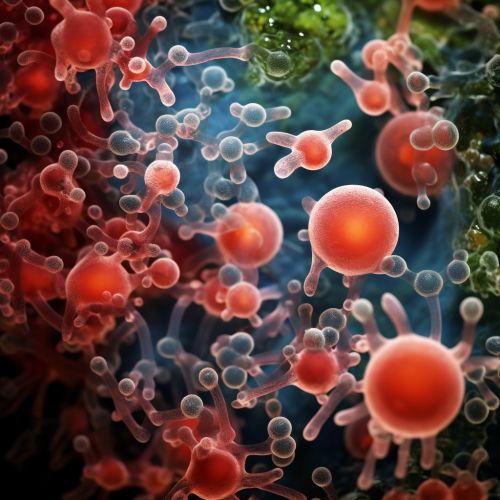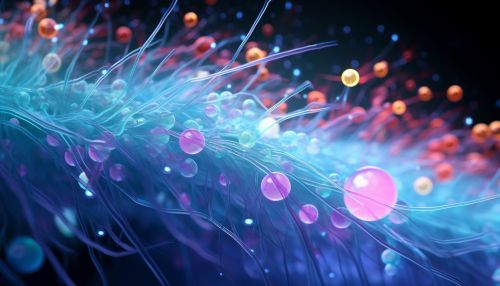The Role of Inducible Gene Expression in Bacterial Stress Responses
Inducible Gene Expression: An Overview
Inducible gene expression is a type of gene expression that is not constantly active, but can be turned on or off in response to changes in the environment. This type of gene expression plays a crucial role in the survival and adaptation of bacteria to various stress conditions.
Role in Bacterial Stress Responses
Bacteria are exposed to a variety of stress conditions in their environment, such as changes in temperature, pH, nutrient availability, and the presence of toxic substances. In order to survive and thrive under these conditions, bacteria have developed a range of adaptive responses, many of which are mediated by inducible gene expression.
When a bacterium encounters a stress condition, specific transcription factors are activated. These transcription factors bind to the promoter regions of stress-response genes, initiating their transcription into mRNA. The mRNA is then translated into proteins that help the bacterium cope with the stress condition. This process is known as the heat shock response, which is one of the most well-studied examples of inducible gene expression in bacteria.


Mechanisms of Inducible Gene Expression
There are several mechanisms by which inducible gene expression can occur in bacteria. These include the use of alternative sigma factors, two-component systems, and quorum sensing.
Alternative Sigma Factors
Sigma factors are proteins that bind to the RNA polymerase and direct it to specific promoter sequences on the DNA. In bacteria, different sigma factors are used to transcribe different sets of genes. Some of these sigma factors are only produced under certain stress conditions, allowing the bacterium to rapidly switch its gene expression profile in response to environmental changes. This is known as the use of alternative sigma factors.
Two-Component Systems
Two-component systems are a type of signal transduction mechanism used by bacteria to respond to environmental changes. These systems consist of a sensor protein, which detects the environmental change, and a response regulator, which activates or represses the transcription of specific genes in response to the signal. Two-component systems play a crucial role in the inducible gene expression of stress-response genes.
Quorum Sensing
Quorum sensing is a mechanism by which bacteria can communicate with each other and coordinate their behavior. When the population density of a bacterial community reaches a certain threshold, the bacteria begin to produce and release signaling molecules. When these molecules reach a certain concentration, they trigger the transcription of specific genes, including those involved in stress responses.
Examples of Inducible Gene Expression in Bacterial Stress Responses
There are many examples of inducible gene expression in bacterial stress responses. Some of the most well-studied examples include the heat shock response, the cold shock response, and the SOS response.
Heat Shock Response
The heat shock response is a universal stress response found in all organisms, from bacteria to humans. When a bacterium is exposed to a sudden increase in temperature, it produces heat shock proteins that help to protect the cell from the damaging effects of heat. The production of these proteins is controlled by the heat shock sigma factor, which is only produced under heat stress conditions.
Cold Shock Response
The cold shock response is a stress response that is activated when a bacterium is exposed to a sudden decrease in temperature. This response involves the production of cold shock proteins, which help the cell to adapt to the cold environment. The production of these proteins is controlled by the cold shock sigma factor, which is only produced under cold stress conditions.
SOS Response
The SOS response is a stress response that is activated when a bacterium is exposed to DNA-damaging agents, such as ultraviolet light or certain types of chemicals. This response involves the production of DNA repair proteins, which help to repair the damaged DNA and prevent mutations. The production of these proteins is controlled by the SOS response regulator, which is only produced under DNA damage conditions.
Conclusion
Inducible gene expression plays a crucial role in the survival and adaptation of bacteria to various stress conditions. By rapidly switching their gene expression profile in response to environmental changes, bacteria are able to survive and thrive under a wide range of conditions. This makes inducible gene expression a key factor in the success and diversity of bacteria.
